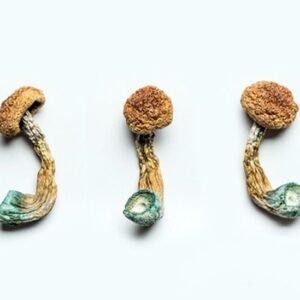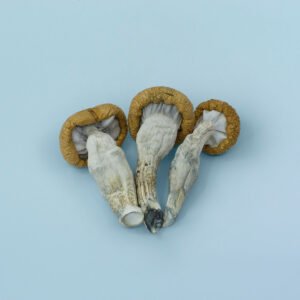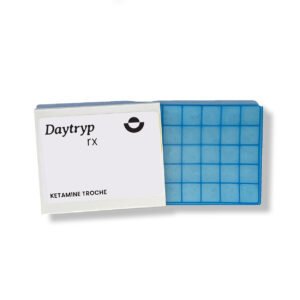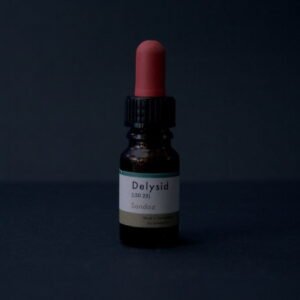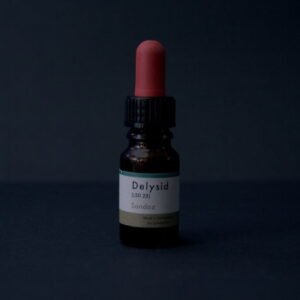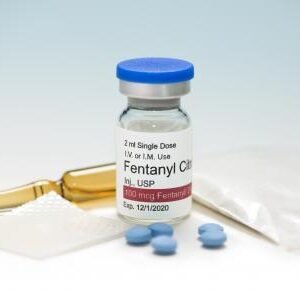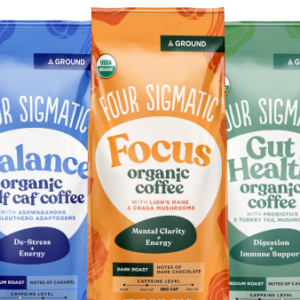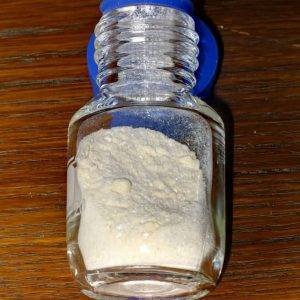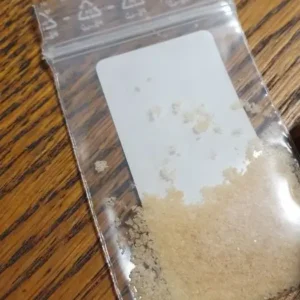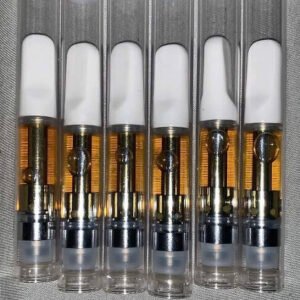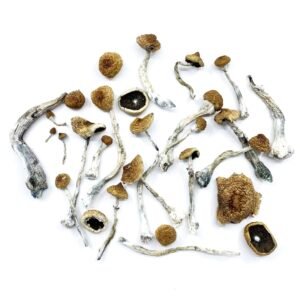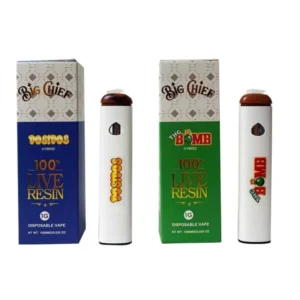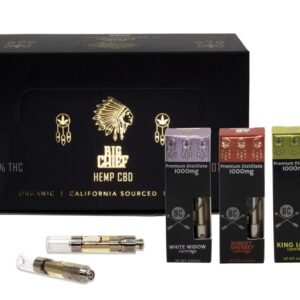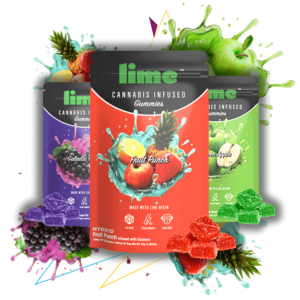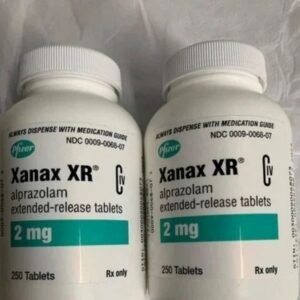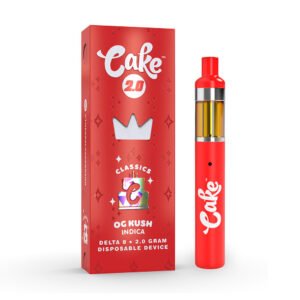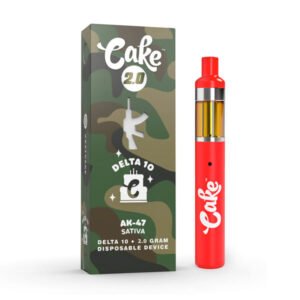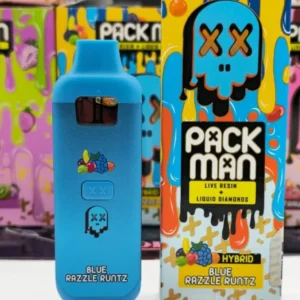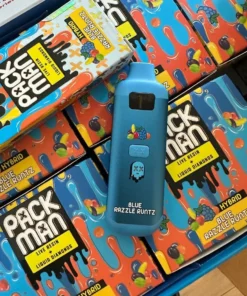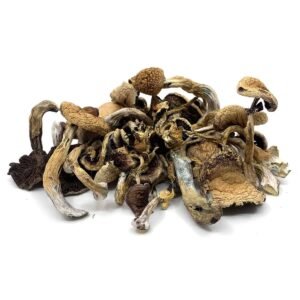Other Types of Empathogens
Some drugs that produce effects similar to MDMA (empathogens) include:
MDMA: How Drugs Affect You
Ecstasy: How Drugs Affect You (Bundle of 50)
Pamphlets — $39.95 (incl. GST)
[View in ADF Shop]
How is MDMA Used?
MDMA is usually swallowed, but it can also be:
- Injected
- Snorted
- Inserted rectally
Effects of MDMA
Using any drug carries risks. It’s important to be careful and well-informed when using MDMA or any other substance.
The effects of MDMA can differ from person to person, depending on factors such as:
- Size, weight, and health
- Whether the person is used to taking it
- Whether other drugs are taken at the same time
- The amount taken
- The strength of the drug (this varies from batch to batch)
- Environment and surroundings (where the drug is taken)
The effects of MDMA typically start about 20 minutes to 1 hour after taking it and last for around 3–4 hours. The peak of the experience is sometimes called “peaking”.
Possible effects may include:
- Euphoria
- Feeling energetic and confident
- Dilated (enlarged) pupils
- Jaw clenching and teeth grinding
- Heightened senses (sight, hearing, and touch)
- Excessive sweating and skin tingling
- Muscle aches and pains
- Reduced appetite
- Fast heartbeat
- Increased blood pressure
- Dehydration
- Heatstroke
- Drinking large amounts of water (in rare cases, this can be fatal)
Large amounts or strong batches of MDMA may also cause:
- Floating sensations
- Perceptual changes, such as visual and auditory hallucinations
- Out-of-character irrational behaviour
- Anxiety
- Irritability, paranoia, and aggression
- Vomiting
- High body temperature
- Racing heartbeat
- Convulsions
MDMA, Dehydration, and Overheating
MDMA is often taken at festivals, parties, and nightclubs — environments where people are physically active, frequently dancing and socializing. The combination of MDMA and strenuous activity can raise body temperature to dangerous levels.6
It’s important to take breaks to cool down and drink water regularly — about 250–500 ml per hour.
However, drinking too much water while on MDMA can be dangerous. Deaths have occurred from dilutional hyponatremia, a condition where the brain swells due to overhydration, and this can lead to coma.6
Impact of Mood and Environment (Set and Setting)
Drugs that affect a person’s mental state — psychoactive drugs — can produce different effects depending on set and setting:
-
Set: This refers to a person’s state of mind, previous experiences with psychedelic drugs, and their expectations. For example, feeling stressed or anxious beforehand may result in a more unpleasant experience.7
-
Setting: The environment in which MDMA is taken — whether it’s a comfortable, familiar space with close friends or a noisy, crowded venue — can influence the experience. A calm, quiet setting can help foster a more enjoyable experience, while a hectic or overwhelming setting may contribute to a negative one.7
Using MDMA when you’re in a good state of mind, surrounded by trusted friends, and in a comfortable environment can help reduce the risk of having a bad experience.
Mixing MDMA with Other Drugs
The effects of taking MDMA alongside other drugs including over-the-counter or prescription medication can be unpredictable and dangerous.
-
MDMA + Alcohol:
Increases the risk of dehydration and drinking too much water.8 -
MDMA + Ice (methamphetamine), Speed (amphetamine), or Cocaine:
Raises the risk of anxiety and reduced brain function due to dopamine depletion.
Puts enormous pressure on the cardiovascular system and can lead to stroke.9, 10 -
MDMA + Antidepressants:
May cause drowsiness, clumsiness, restlessness, and a feeling of drunkenness and dizziness.11
Polydrug Use
Polydrug use refers to the use of more than one drug at the same time or in close succession.
This can involve a combination of illicit drugs, prescription medication, and alcohol.
[Read more about Polydrug use]
Harm Reduction
Here are some strategies to help reduce harm when using MDMA:
- Try a small dose first and wait 2 hours before taking more.
- Avoid high dosages. Higher amounts are more likely to cause an unpleasant or overwhelming experience, especially for first-time users.
- Avoid mixing drugs, including alcohol. This can contribute to dehydration and other health risks.
- Some medications may interact with MDMA always check first.
- Take breaks to cool down and drink 250 500 ml of water per hour.
- Let a friend know what you’re taking in case you need help.
- Avoid frequent use. Some people find MDMA loses its effects if taken repeatedly, which may lead to consuming more.12, 13
Withdrawal
If you discontinue MDMA after heavy or sustained use, you may experience withdrawal symptoms. These typically resolve after a week and diminish over a month. Symptoms may include:
- MDMA cravings
- Aches and pains
- Exhaustion
- Restless sleep
- Agitation
- Trouble concentrating
- Anxiety and depression14
Getting Help
If MDMA use is affecting your health, relationships, education, employment, or other aspects of your life — or you’re worried about a friend — help and support are available.
Call the National Alcohol and Other Drug Hotline on 1800 250 015 for free, confidential advice, information, and counselling.
Search for services near you by entering your location or postcode and choosing the service you need.
If you’d like more information or support, you can email us at druginfo@adf.org.au.
Path2Help
Not sure where to start?
Path2Help is an interactive tool designed to match you with tailored support and services.
MDMA and the Law
MDMA Statistics
Explore Empathogens on the Drug Wheel
![Diagram of Empathogens on the Drug Wheel]

